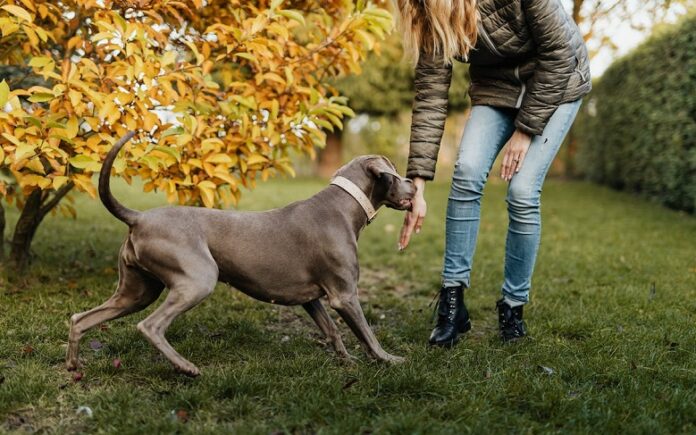Adopting a rare dog breed can be a rewarding experience, but it requires careful consideration and research. Today we shall see some of the key factors to be checked when looking for rare dog breeds, ensuring that potential owners are well-informed and prepared for the responsibility that comes with these special furry companions.
1. Research the Breed’s Background:
Table of Contents
Understand the breed’s origin, history, and purpose. Knowing the breed’s background will give you insights into its characteristics, temperament, and specific needs.
2. Availability and Accessibility:
Check the availability of the rare dog breeds in your region. Certainly, some breeds may be more prevalent in certain areas, making it easier to find responsible breeders or adoption centres.
3. Health Considerations:
Research the breed’s common health issues and ensure that breeders prioritize health screenings for their dogs. This is crucial for ensuring the well-being of your future pet.
4. Ethical Breeding Practices:
Look for breeders who follow ethical practices, prioritize the health and well-being of their dogs, and are committed to responsible breeding. Avoid supporting puppy mills or unethical breeding operations.
5. Temperament and Compatibility:
Understand the temperament of the rare dog breed and assess whether it aligns with your lifestyle and preferences. Consider factors like energy levels, sociability, and compatibility with children or other pets.
6. Space and Exercise Requirements:
Different dog breeds have varying space and exercise needs. Ensure that you can provide the necessary environment and physical activity that the rare breed requires for a happy and healthy life.
7. Grooming Demands:
Research the grooming requirements of the rare dog breed. Some breeds may have specific grooming needs, such as regular brushing, trimming, or specialized care. Be prepared to invest time and effort in grooming.
8. Training and Socialization:
Check the breed’s trainability and socialization needs. Some rare breeds may require consistent training and early socialization to ensure they grow into well-behaved and sociable companions, learn a simple guide here.
9. Cost Considerations:
Determine the cost associated with acquiring and caring for the rare dog breed. This includes initial purchase or adoption fees, ongoing veterinary care, grooming expenses, and other associated costs.
10. Long-Term Commitment:
Consider the long-term commitment of owning a rare dog breed. Dogs, in general, require time, attention, and care throughout their lives. Ensure that you are prepared for the responsibilities of pet ownership.
11. Networking with Breed Enthusiasts:
Connect with other enthusiasts or owners of the rare dog breed. Networking can provide valuable insights, tips, and recommendations for responsible breeders, health considerations, and overall care.
12. Legal Requirements and Restrictions:
Check for any legal requirements or restrictions associated with owning the rare dog breed in your area. Some breeds may be subject to specific regulations or restrictions.
Conclusion:
Bringing a rare dog breed into your life can be a delightful and fulfilling experience, but it requires careful planning and consideration. By thoroughly researching the breed, evaluating your lifestyle, and connecting with responsible breeders or adoption centers, you can embark on a journey to provide a loving and suitable home for a unique canine companion. Remember, the key to a successful relationship with a rare dog breed lies in informed decision-making and a commitment to their well-being.











